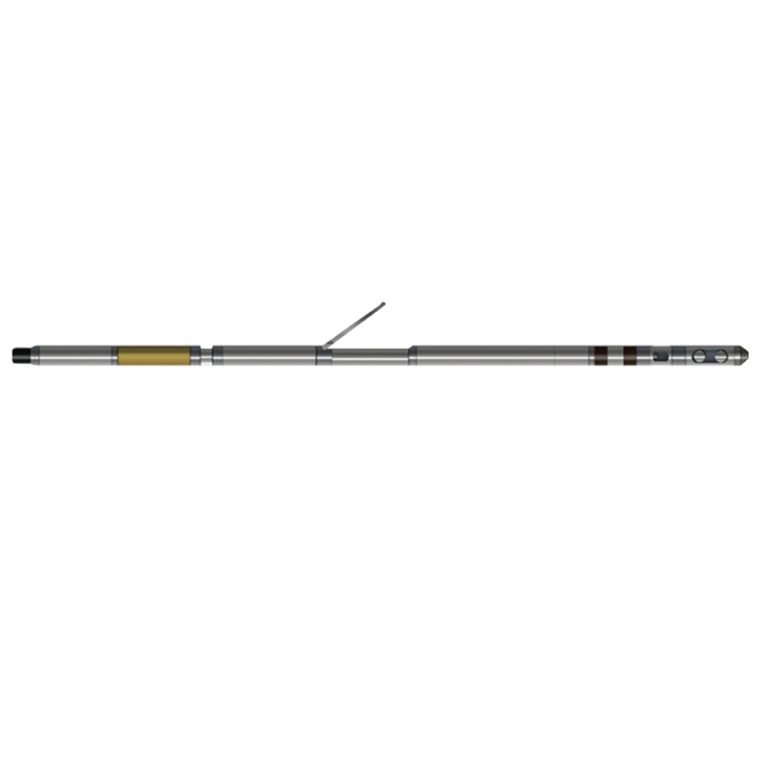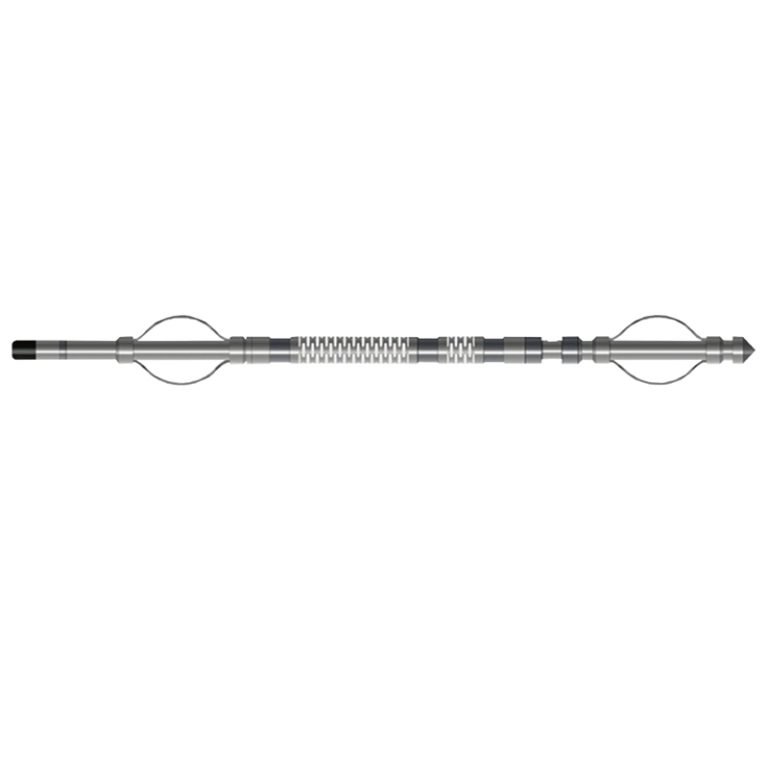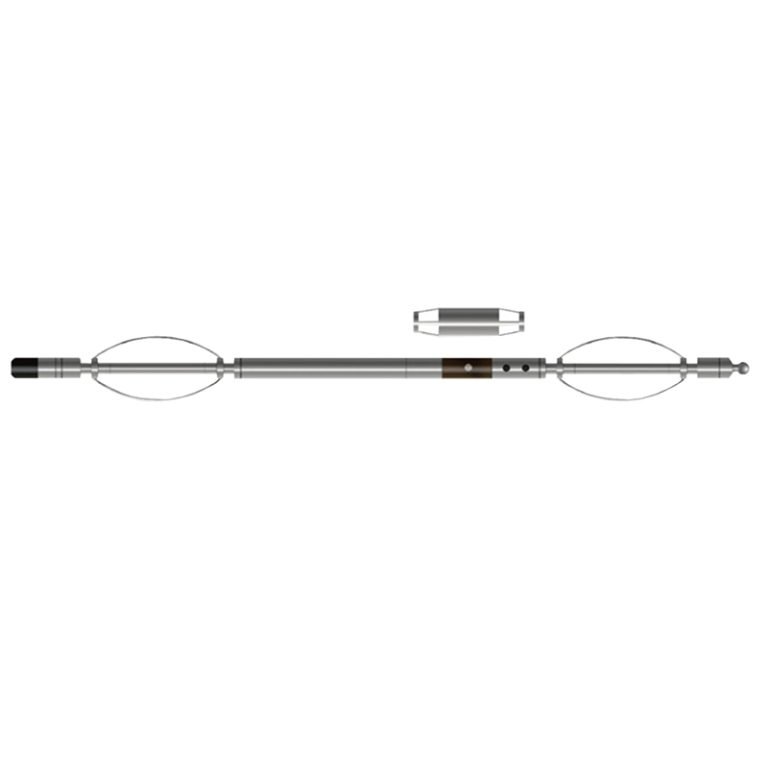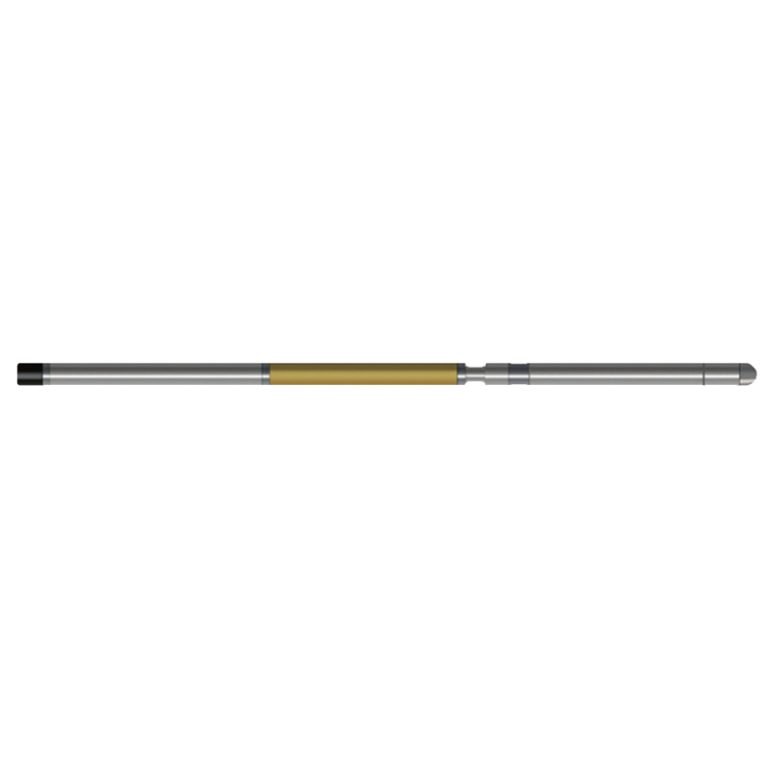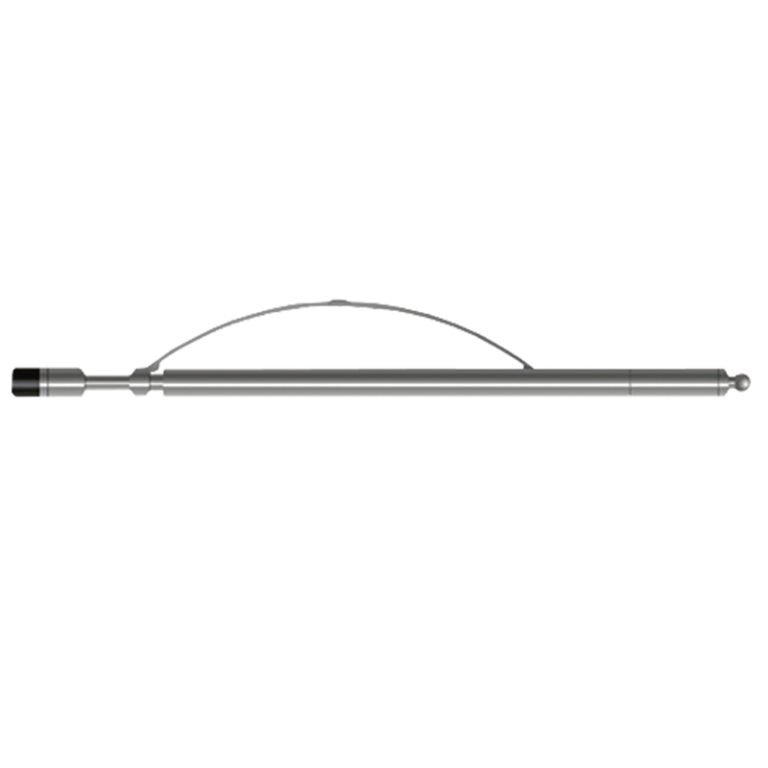Welcome to Geotech!

JCC3-2A Probe
PRODUCT PARAMETERS
- Verify weak magnetic anomalies on the ground, discover and predict deep ore bodies.
- Determine the occurrence of ore bodies, delineate the scale of ore bodies, indicate the spatial location of ore bodies, discover magnetic ore bodies beside and at the bottom of holes, and estimate the grade and reserves of ore bodies.
Description
JCC3-2A Three-Component Magnetic Probe
 Abstract
Abstract
JCC3-2A Three-Component Magnetic Probe measures the magnetic component anomaly in the borehole through magnetic sensitive elements. Because the borehole magnetic measurement can reach the space observation closer to the geological body, the borehole magnetic measurement for the purpose of prospecting often has a better detection effect than the ground magnetic measurement, and can better reflect the scale and spatial position of the anomaly.

 Applicable Conditions
Applicable Conditions
● Bare hole fill with water or mud
● Bare Dry hole
 Features
Features
● Verify weak magnetic anomalies on the ground, discover and predict deep ore bodies.
● Determine the occurrence of ore bodies, delineate the scale of ore bodies, indicate the spatial location of ore bodies, discover magnetic ore bodies beside and at the bottom of holes, and estimate the grade and reserves of ore bodies.
 Specifications
Specifications
| Magnetic sensor | Three-axis giant magnetoresistive sensor |
| Vertical component | Three-axis gravity sensor |
| Magnetic component sensitivity | 40nT |
| Magnetic component accuracy | Better than 100nT |
| Magnetic component measurement range | 2×105 nT |
| Inclination accuracy | Better than 0.1 degrees |
| Positioning accuracy | Better than 0.5 degrees |
| Signal output | Bipolar encoding |
FAQ
① In SI, it is m·s-2, and one percent of it is the international unit abbreviation g.u.;
② Conversion between SI and CGS: 1g.u.=10-1 mGal
Gravitational field: The space around the earth with gravity is called the gravitational field.
Gravitational potential: The gravitational potential W in the gravitational field is equal to the work done by a particle of unit mass moving from infinity to that point.
① The normal gravity field of the earth: Assuming that the earth is a rotating ellipsoid (reference plane), the surface is glossy, the internal density is uniform, or it is distributed in concentric layers, the density of each layer is uniform, and the deviation of the shape of the ellipsoid from the geoid is very small, then the gravity field generated by the earth is the normal gravity field.
② The normal gravity value is only related to the latitude, the smallest at the equator and the largest at the poles, with a difference of about 50,000 g.u.; the rate of change of the normal gravity value with latitude is the largest at 45° latitude, and zero at the equator and the poles; the normal gravity value decreases with increasing altitude, and its rate of change is -3.086 g.u.. The main feature of the long-term change is the "westward drift" of the geomagnetic elements, both the dipole field and the non-dipole field drift westward, and have a global nature.
The gravitational field strength is equal to the gravitational acceleration in both numerical and dimensional terms, and the two are in the same direction. In gravity exploration, all references to gravity refer to gravitational acceleration. The gravitational field strength at a point in space is equal to the gravitational acceleration at that point.
Gravity exploration is an exploration method that is based on the density difference of rocks and ores. Since density difference will cause local changes in the normal gravity field of the earth (i.e. gravity anomaly), it is used to solve geological problems by observing and studying gravity anomalies.
-1.png)



